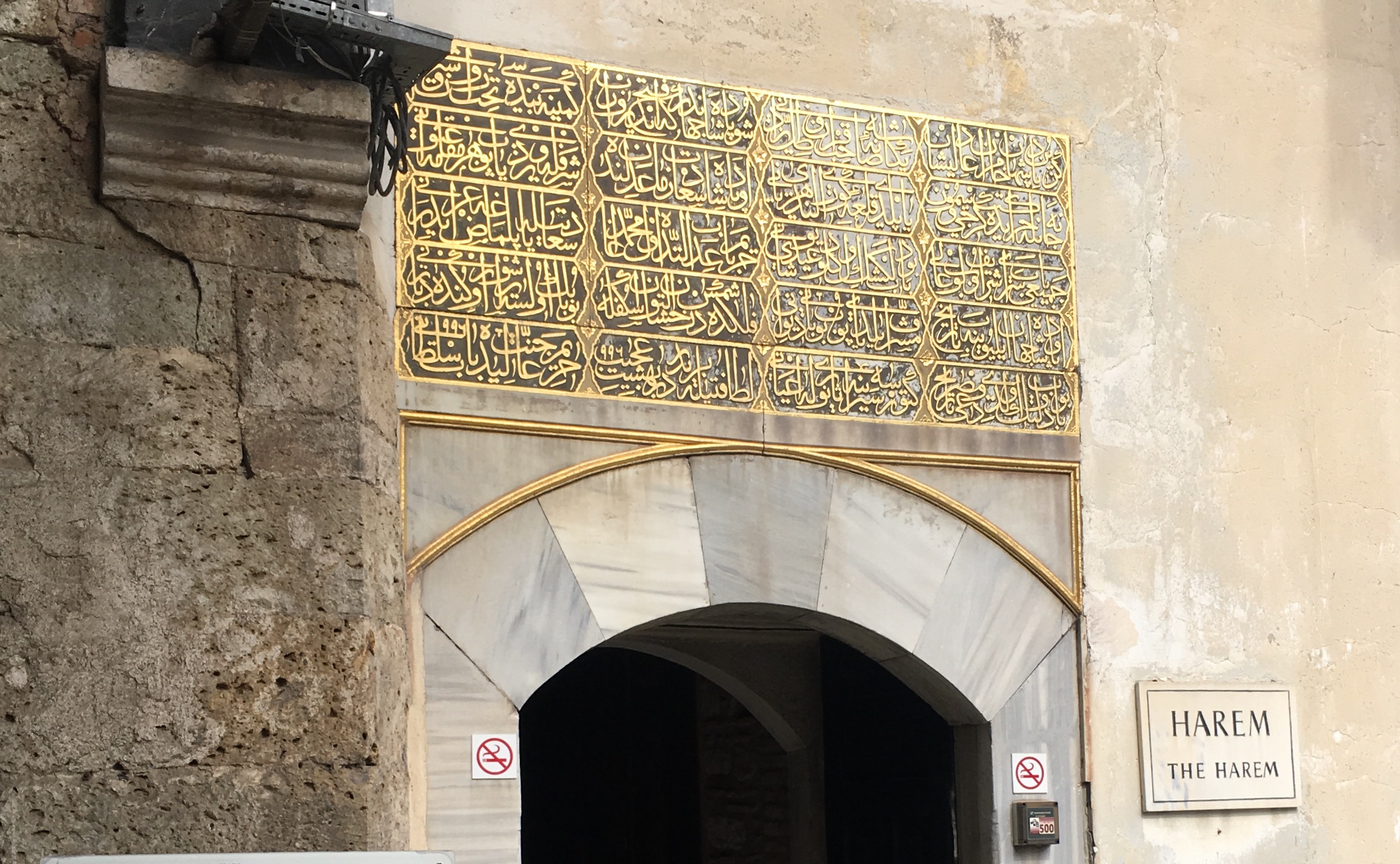The word Harem has been the source of connotations that allude to sexual fantasies in Western minds since early times. The idea of a group of women shut off from the outside world and treated as the property of a single man, whether he is a sovereign as in the case of the Ottoman Sultan or just a rich man, evoked romantic and erotic illusions. These were even depicted in paintings by some Western artists. Since no male outsider would ever be allowed inside the Harem, let alone a foreigner, these paintings clearly relied on the imagination of the artists. However, a few female artists (like the French painter Henriette Browne (1829-1901)) who were allowed to enter, depicted more realistic scenes of everyday life in the Harem.
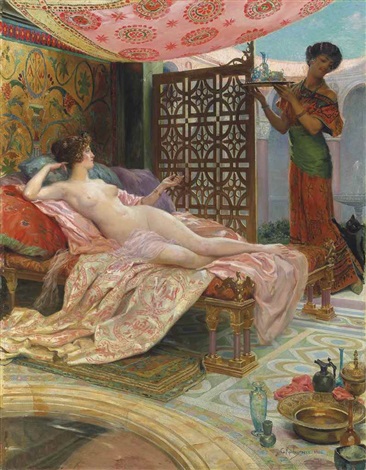
An imaginary depiction by George Antoine Rochegrosse (1859-1938)
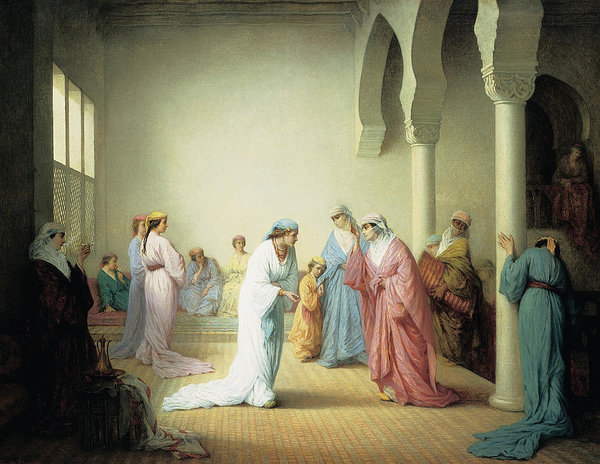
by Henriette Browne (1829-1901)
The painter had a chance to visit the Imperial Harem when she accompanied her husband to Istanbul on a diplomatic mission
I believe the first time I ever heard about the Harem was when I was eight or nine years old. According to the news on the radio and the newspapers, the skeleton of a human being had been found at the entrance to the Harem of the Topkapı Palace, under the stone threshold. The mentioned point had to be dug for some reason and the discovery had taken the experts and the public by surprise. I remember looking at the black and white, somewhat blurry, photo in awe. In the meantime, my mother was telling me how the Ottoman Sultans had a Harem where their wives and concubines lived without ever being allowed to go out on their own. How there were endless struggles, plots, conspiracy, poisoning and murders in the Harem among the Sultans’ wives and favourites. This imprisoned life and the thought that the skeleton might belong to a woman who had maybe tried to run away and was buried there as a warning to the rest of the household gave me the creeps…
The word Harem is derived from the Arabic word Haram which means prohibited. In its broadest sense, it is the part of a house (or palace) that is reserved for the female members of the household where no adult male strangers can enter. It is the private part of a dwelling. Even in ordinary traditional houses, the house would be divided into haremlik, reserved for the private life of the host with his wife or wives, and the selamlık, where guests would be received by the owner of the house.
Contrary to the general belief, the idea of seclusion of women is not the characteristic of only Islamic societies. It existed in the Middle East and Mediterranean countries, including North Africa, long before Islam. According to historians, the Persians, Assyrians and other Mesopotamian communities adopted the Harem system long before the advent of Islam. Greek communities were also influenced by the Persians in this respect. It is known that upper class and aristocratic Byzantine women were not allowed to be seen in public and to go out on their own. They were well guarded by eunuchs. Lower class females, who had to work, were more lucky in that respect. Seclusion of women existed in India and the Far East as well. It is stated that some Chinese Emperors had Harems with up to 20,000 concubines.
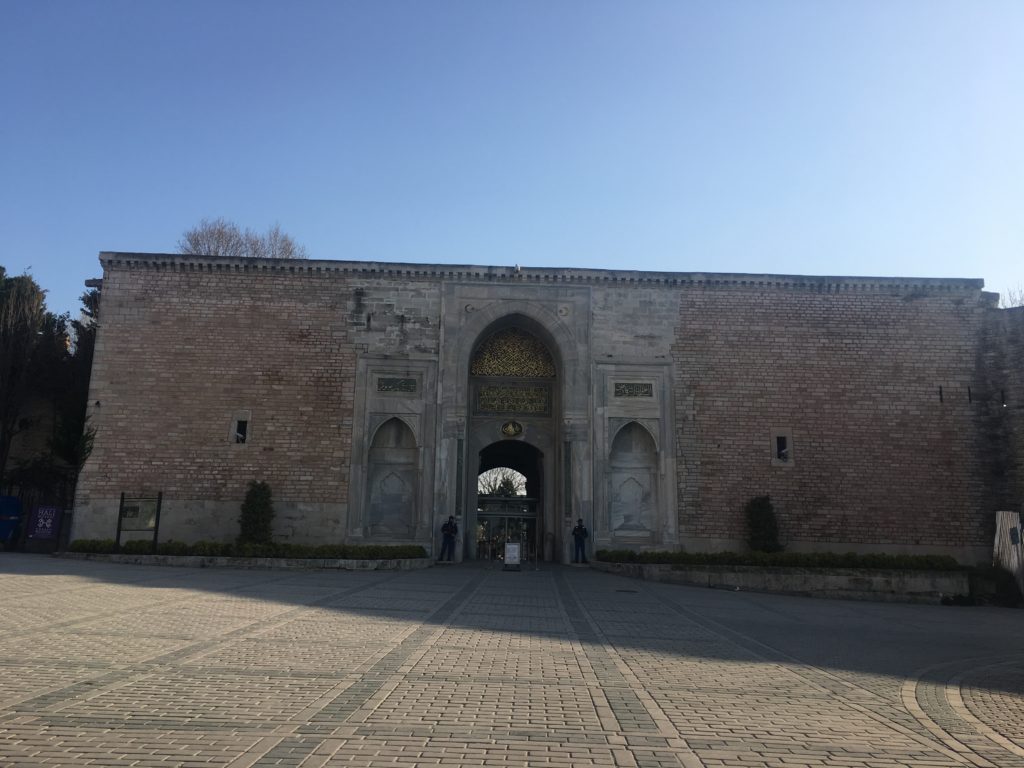
This gate which was always open to the public, leads to the first courtyard
The Topkapı Palace and the Imperial Harem inside it, has always been one of the main places of attraction on the itineraries of the visitors of the city. According to official numbers for 2018, with almost 3 million visitors, the Palace was number one among all the visited historical places in Turkey. The construction of the Palace began by the order of Fatih (the Conqueror) Sultan Mehmet in 1460 and was completed in 1478. In reality, construction never ceased in the Topkapı Palace because almost every following Sultan added a new building. Therefore, we can say that the charm of this Oriental palace with numerous separate buildings lies on its eclectic nature ranging over more than four hundred years. The location of the Palace is where originally the Acropolis of Constantinople stood before the conquest by the Turks.
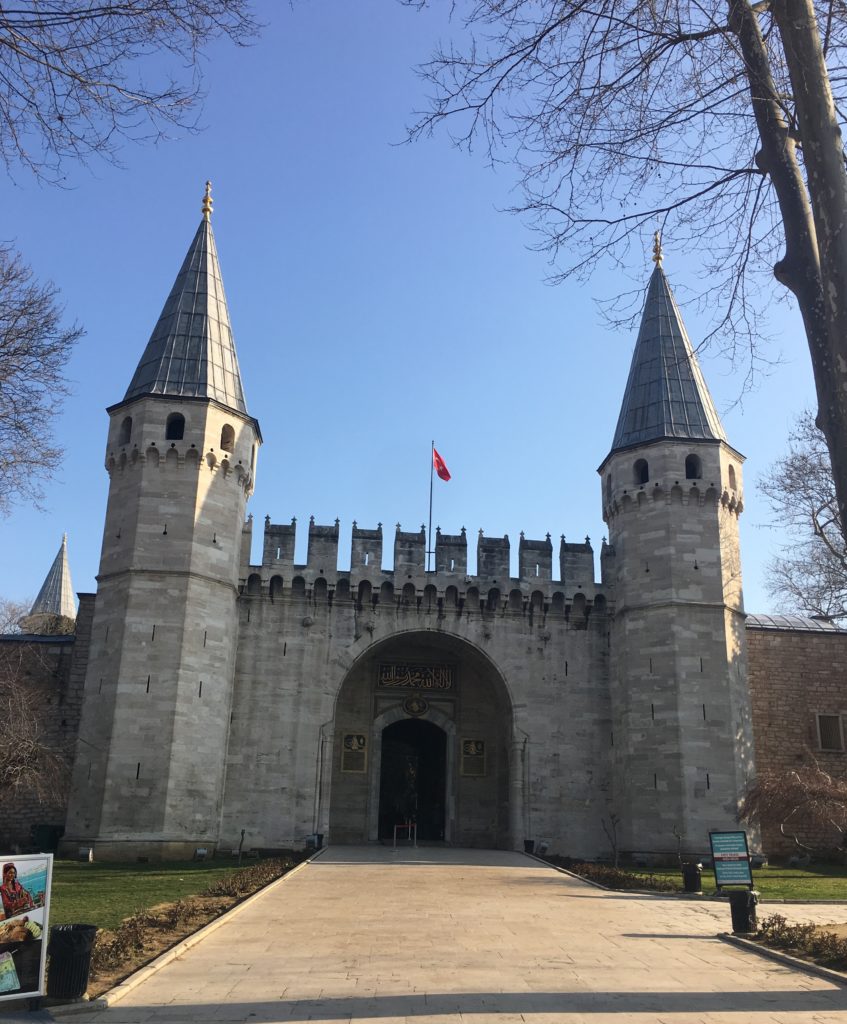
This second gate leads to the second courtyard and the palace itself
Topkapı Palace was not the first Ottoman palace in Istanbul. After conquering the city, Fatih Sultan Mehmet first commissioned a palace in the Beyazıt district (where today there is the Istanbul University). After Topkapı was built, this former palace was named as the Old Palace. However, by design, Topkapı was initially intended to be a castle with an administrative function. The Sultan’s family continued to live in the Old Palace even though there was a small Harem in Topkapı, which must have been for occasional use only. It was only in 1541, when the legendary wife of Kanuni Sultan Süleyman (named as Sultan Suleiman the Magnificent by Westerners), Hürrem Sultan moved to Topkapı with her children and the whole Harem, that this palace became the permanent house of the Ottoman rulers. Stretching over an area of 700.000 square metres (out of which 80.000 are buildings), it was used until the beginning of 1850’s when the Imperial Family moved to modern palaces by the Bosphorus. Topkapı was turned into a museum in 1924, after the abolishment of the monarchy in 1922.
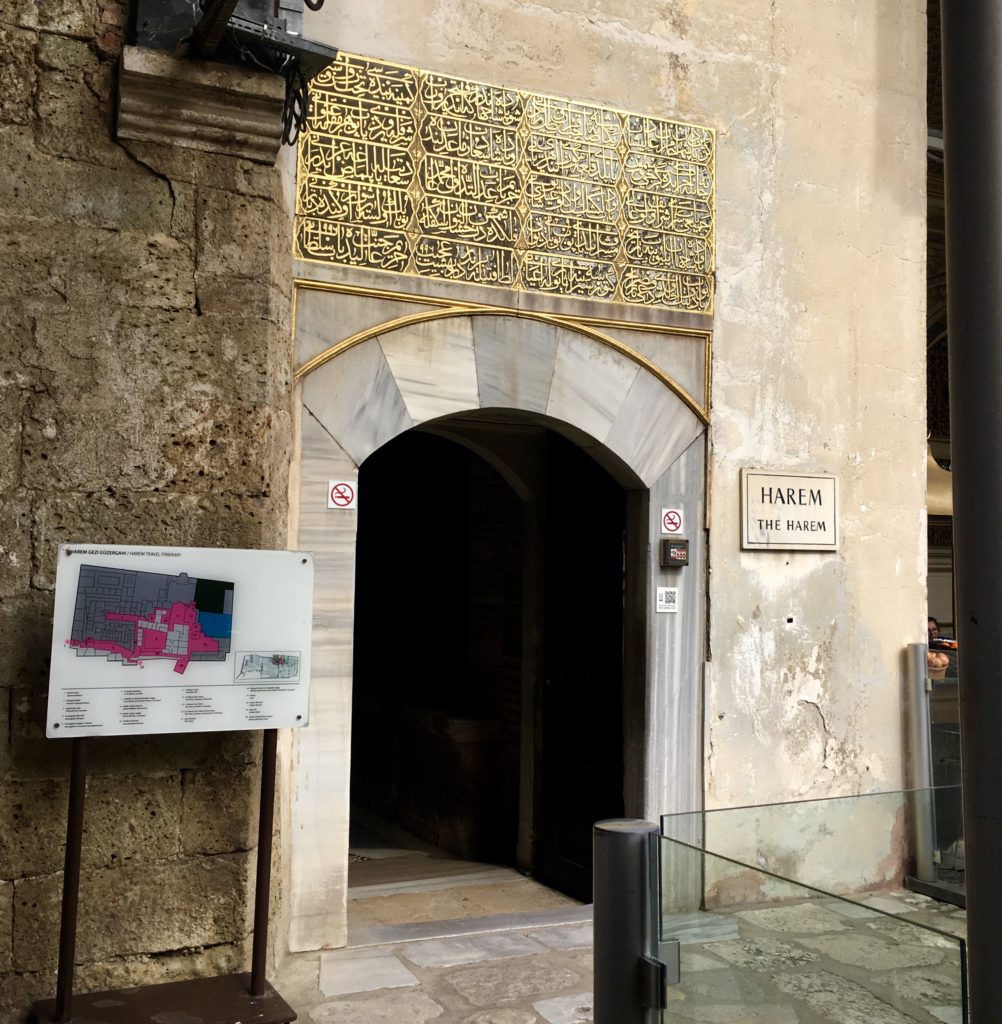
The Harem section of Topkapı covers an area that is located both in the second and third courtyards of the palace. There are more than 300 rooms, 9 Turkish Baths, 2 mosques, a hospital, a laundry house and several wards in the complex. It was recently reopened to the public, after having gone through a long renovation that took years. I had previously visited the Harem several times but was curious to see the improvements. So, I visited the Palace and the Harem again last week. In addition to the Harem, the kitchen section of the palace and the fascinating clock and armour collections were also newly reopened to the public.
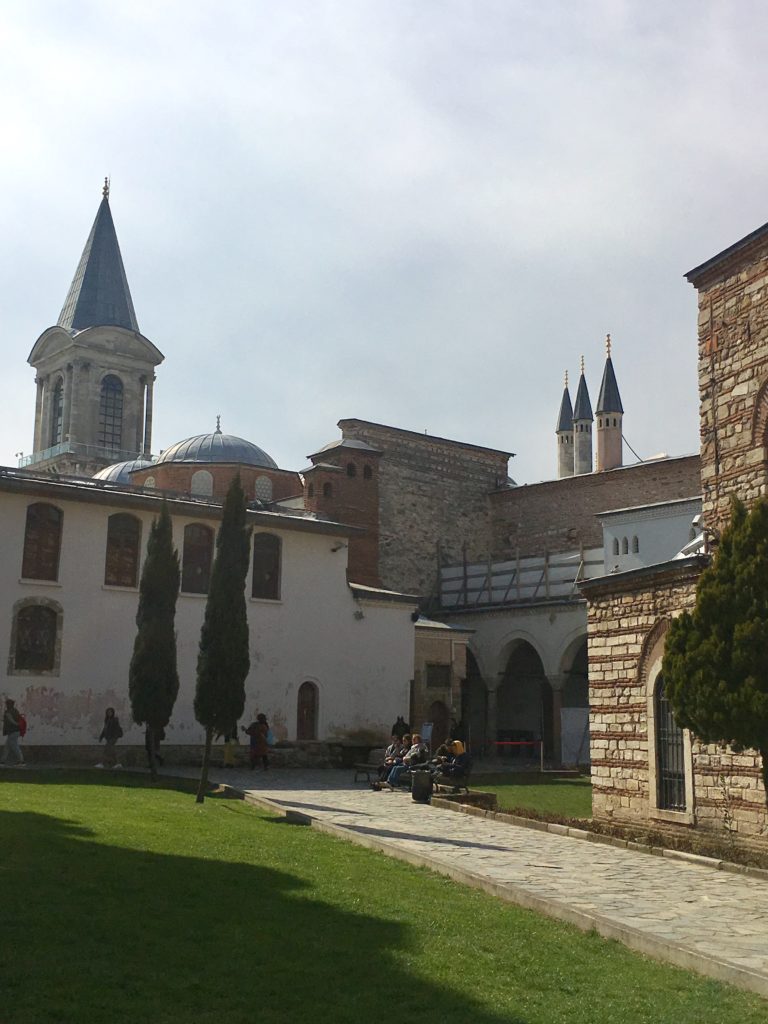
On the left, Kasr-ı Adl (Tower of Justice)
It is required to buy a separate ticket to visit the Harem of the Topkapı Palace, which I believe is worth it. My only disappointment was to find out that certain parts are still closed. Some rooms with beautiful wall decorations that I know of (such as the Privy Room of Sultan Ahmet III, known also as the Fruit Room because of the decorations) are still going through renovation. I do hope that they are completed soon for all visitors to see.
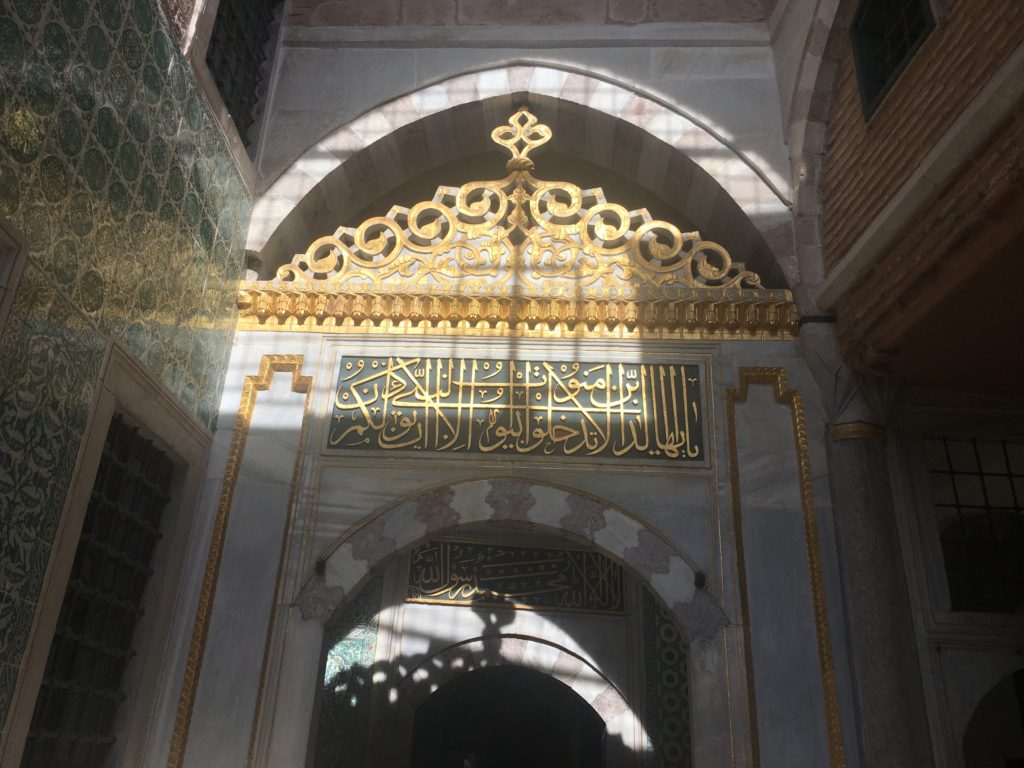
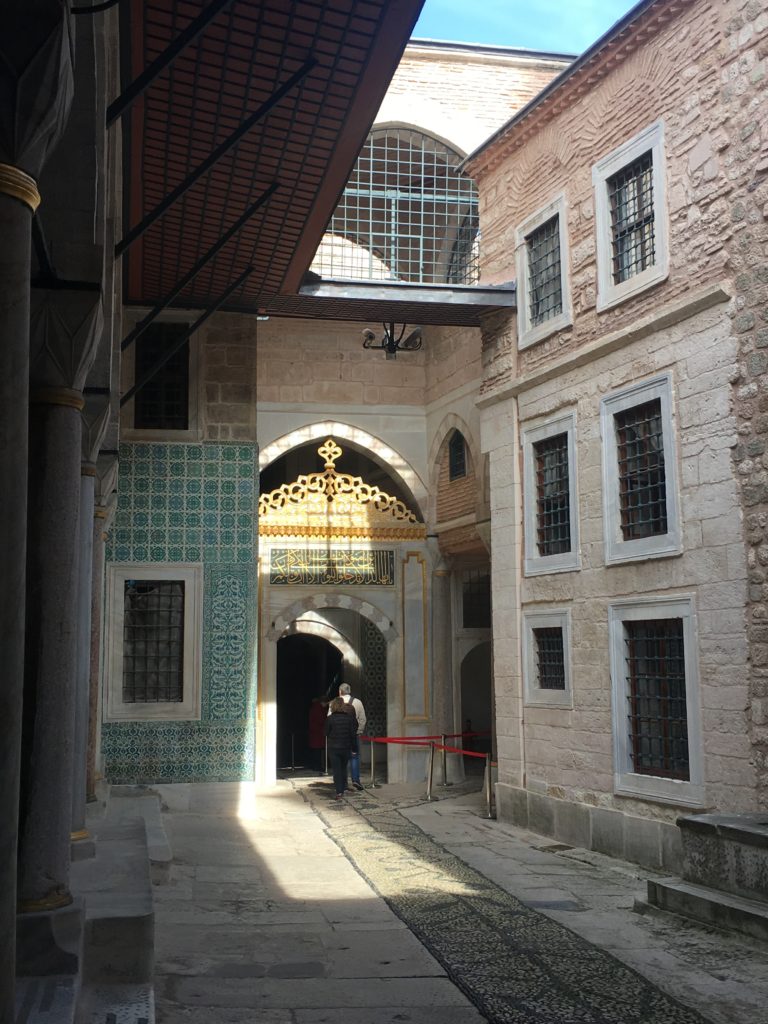
No male except the Sultan could go through this gate. Even the eunuchs were required to get permission
As I have mentioned earlier, the Harem is the private section of the Palace where the Ottoman Sultans lived with their mothers, wives, daughters, close but unmarried female relatives, favourites (gözde) and the concubines. It was also an institution where there was a strict order with rules established over the centuries. First and foremost, of course, no man apart from the Sultan could enter these quarters. Sons could only stay in the Harem up to a certain age. The ruler of the Harem was the Queen Mother (Valide Sultan). Then there were the wives, with the one who gave the Sultan a son first being the senior and most important among them (called Haseki). Each of these women had quarters of their own, where they lived with their children and their own servants. The favourites shared a room in pairs while the concubines, who were at the lowest rank in the Harem, lived in large wards. Not all the concubines had a relationship with the sultan. Some of them never saw his face in their lifetime. They did the chores while getting a strict education from the eunuchs of the Harem.
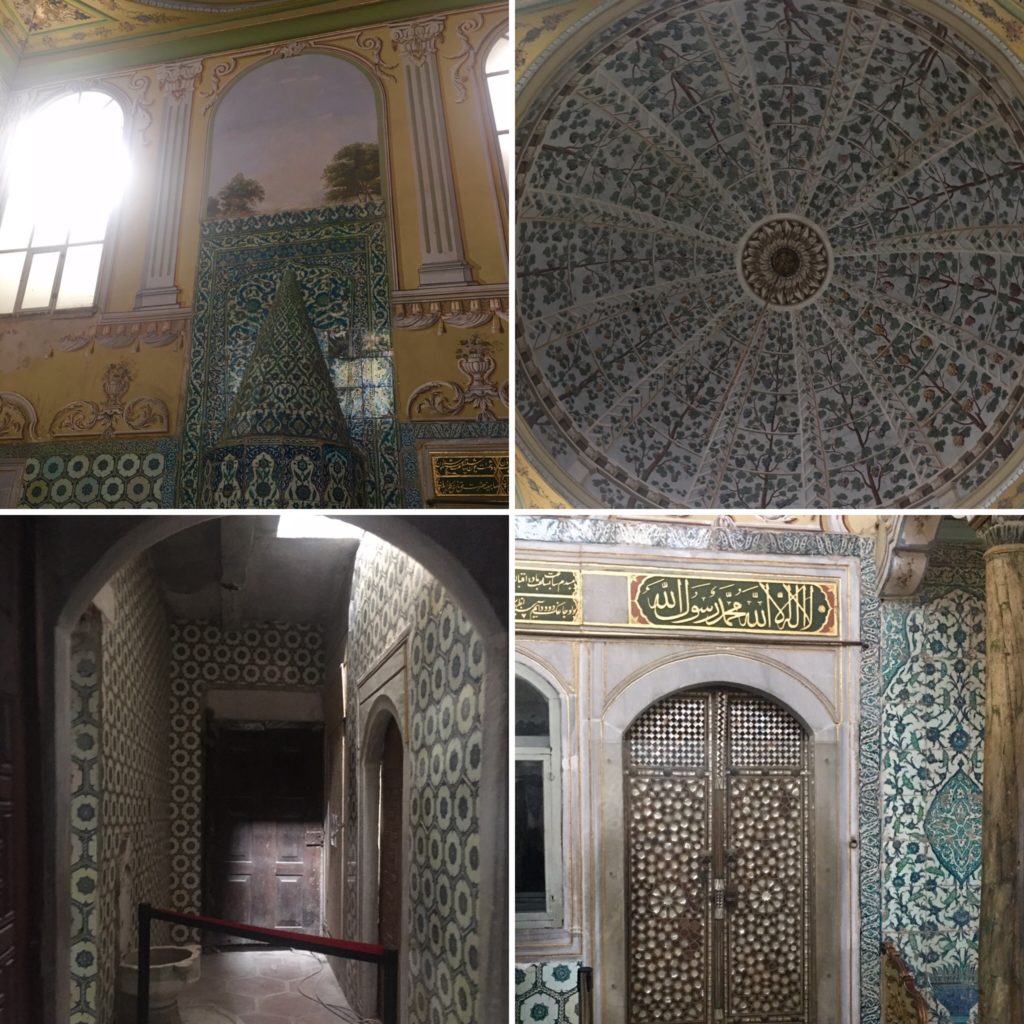
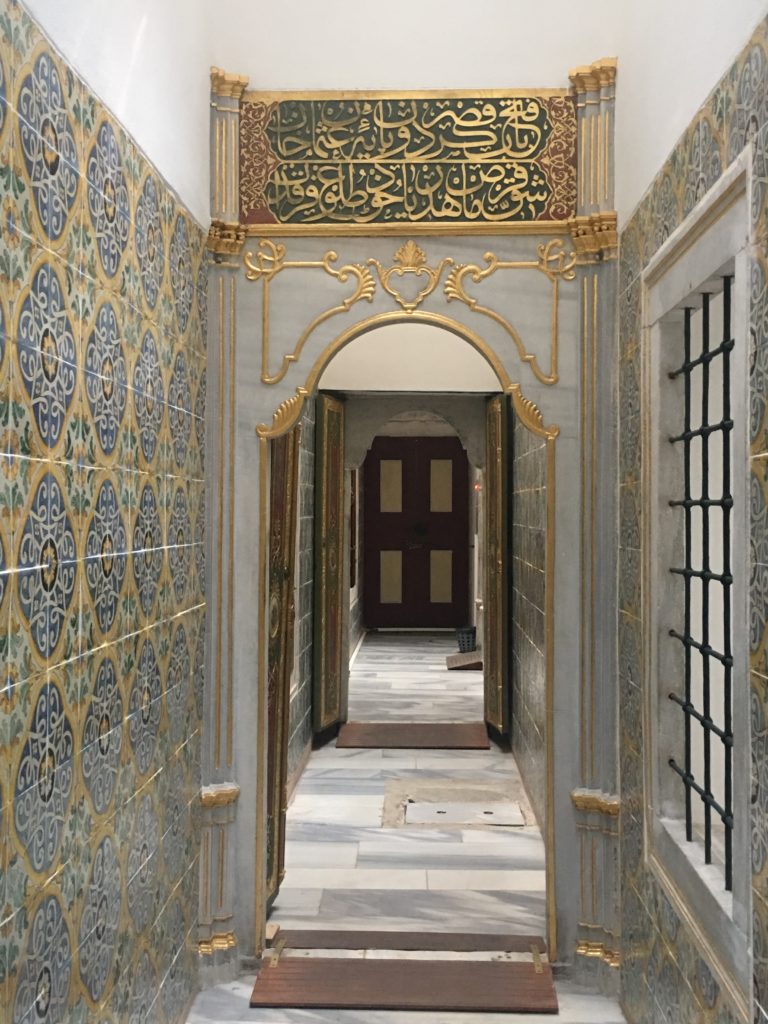
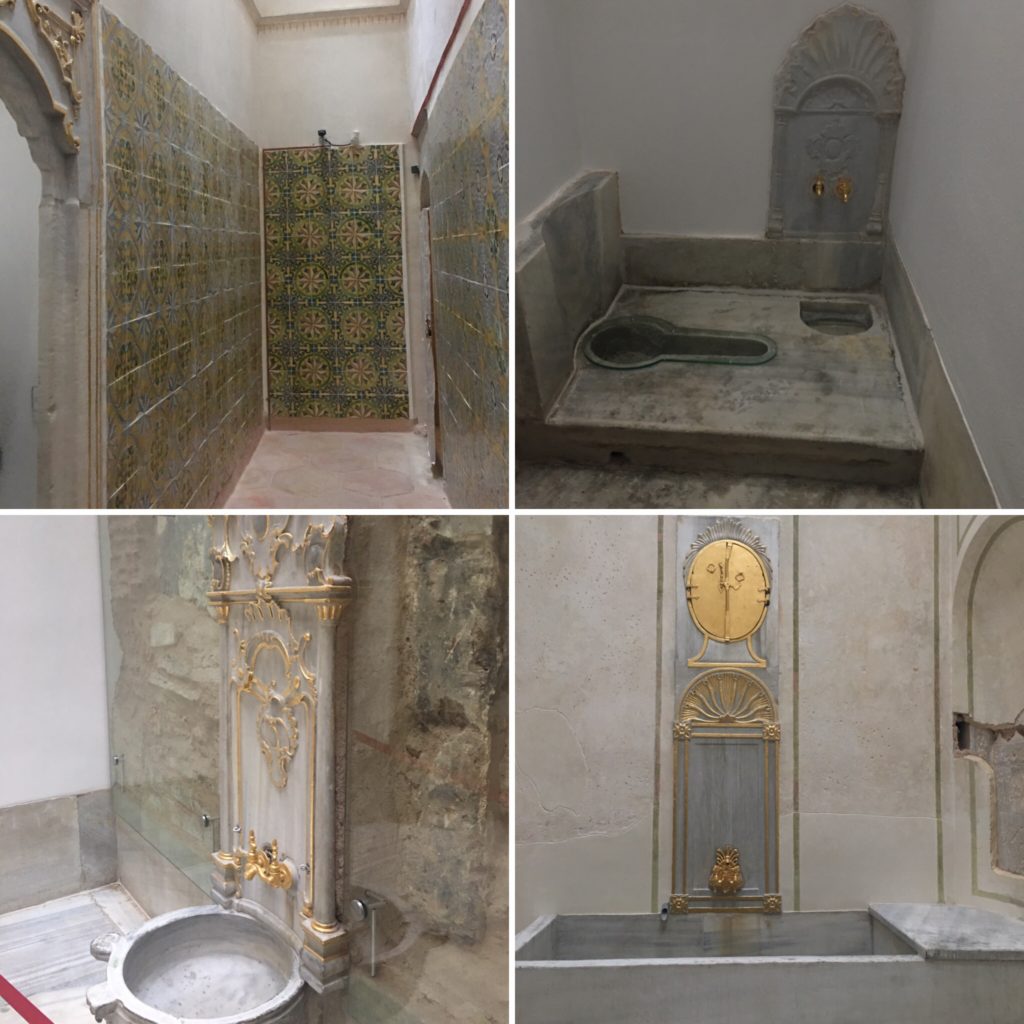
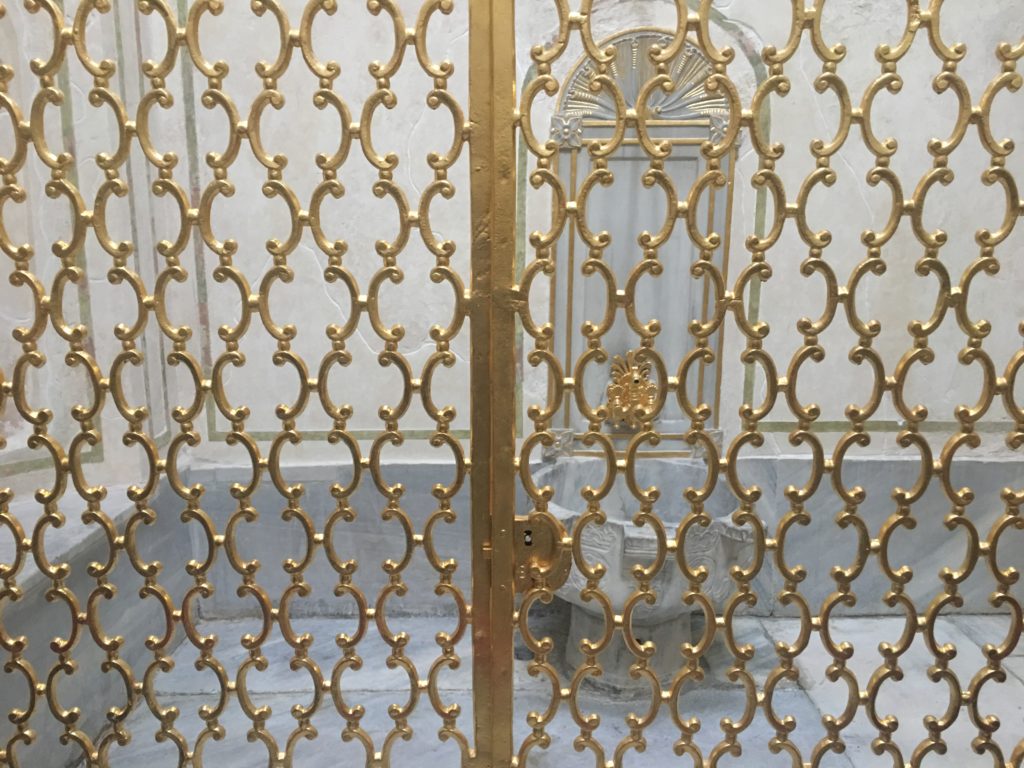
The eunuchs were the essential members of the Harem. It is known that, the employment of eunuchs in the Ottoman Palace was acquired from Persian and Byzantine palaces. Because of the prohibition of castration in Islam, the eunuchs were bought from Christian and Jewish traders. The white eunuchs (Akağalar) were mainly from Europe, with Slavic or Frank origins, and Circassia. They were mainly used in the administration of the palace whereas, black eunuchs were employed in the Harem. Black eunuchs were generally from Egypt, Sudan and other East African countries close to the Nile. The Chief Black Eunuch (called Kızlar Ağası, meaning Lord of the Girls) was responsible for the education of the concubines, the running of the Harem and all the imperial ceremonies. He was also very close to the Sultan, often informing him about what was going on in the Harem. Some Chief Eunuchs accumulated so much wealth that they commissioned mosques to be built in their names. The white eunuchs initially had more prestige in the Ottoman Palace but lost their privileges in the 16th century. It is said that black eunuchs rose to power after they sided with Hürrem Sultan during her struggle for power in the Harem.
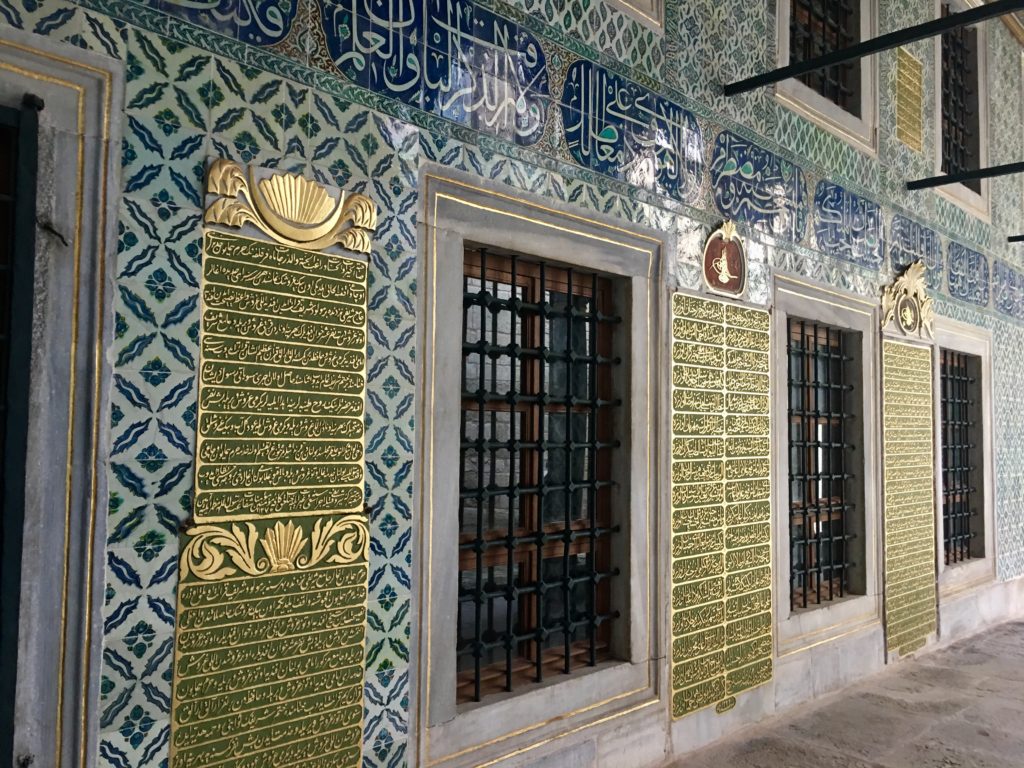
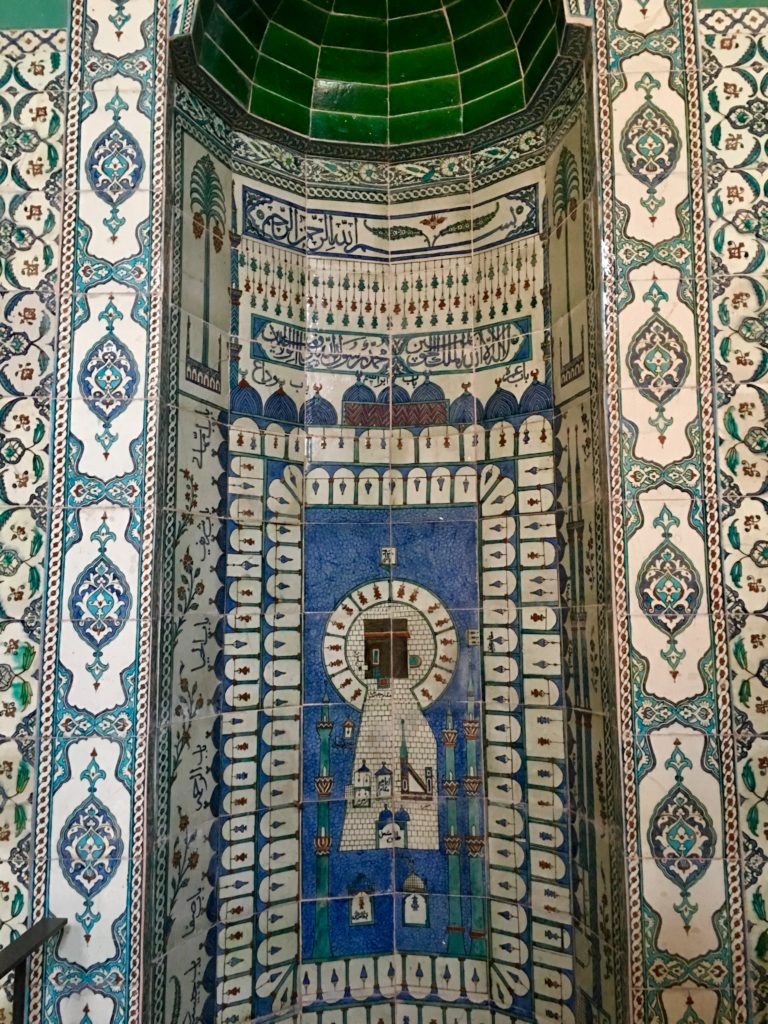
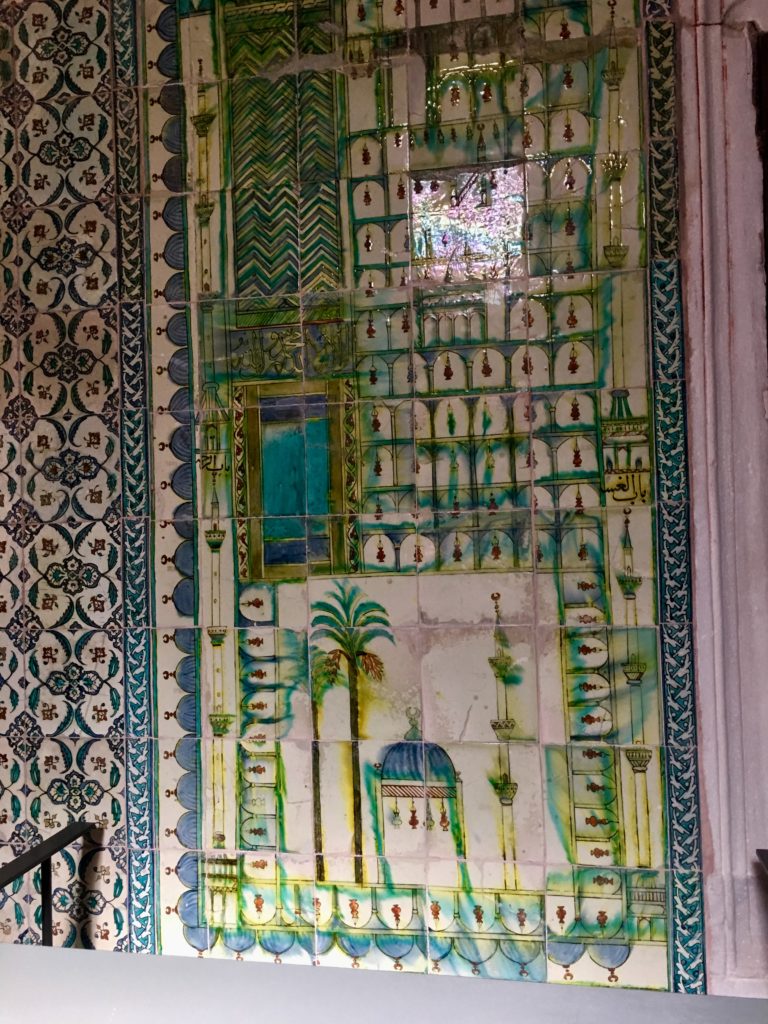
Most female members of the Harem were Christian born women, captured by pirates or by soldiers during wars and sold either at the slave market or directly to the Palace. Their education would begin as soon as they set foot in the Harem. Firstly, they would be taught the language and the religion. They were not officially forced to denounce their religion and it is known that some of them remained devoted to their original faith till the end of their lives. However, those who converted to Islam had more chance in ascending the hierarchical ladder of the Harem. If they did, they would be given a new name. While improving their writing and reading skills, the education would continue with lessons in playing oriental musical instruments, dancing, embroidery etc. The girls, called concubines or odalisques (derived from the Turkish word odalık) at this level, would stay in two storey wards where the more senior ones occupied the upper floor. The concubines were also expected to serve the female members of the royal family.
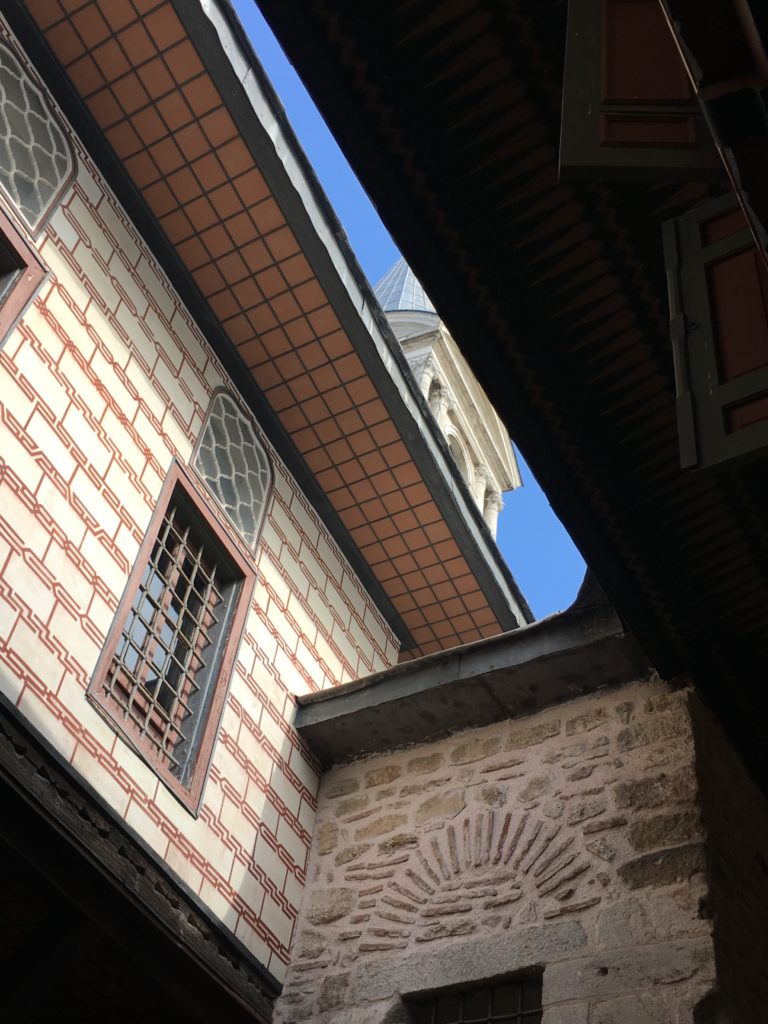
Some of the concubines, if they were not sexually involved with the Sultan, were married off to Pasha’s or other high rank officials of the Empire who were almost always Christian born themselves. Intelligent, clever and good looking little Christian boys would be brought to Topkapı, to stay and be educated in the Enderun quarters of the Palace. Similar to the practice in the Harem, they would be converted to Islam, be given Turkish names and be educated in a special school. In time, these boys would become Pasha, Vizier and even Grand Vizier. This was the way the Ottomans created the ruling bureaucrats of the Empire. The concubines who were married off to these officials would move out of the Harem, to their own houses or mansions. ‘Coming from the Palace’ had a great meaning in their new environment and they were well respected for that reason throughout their lives.
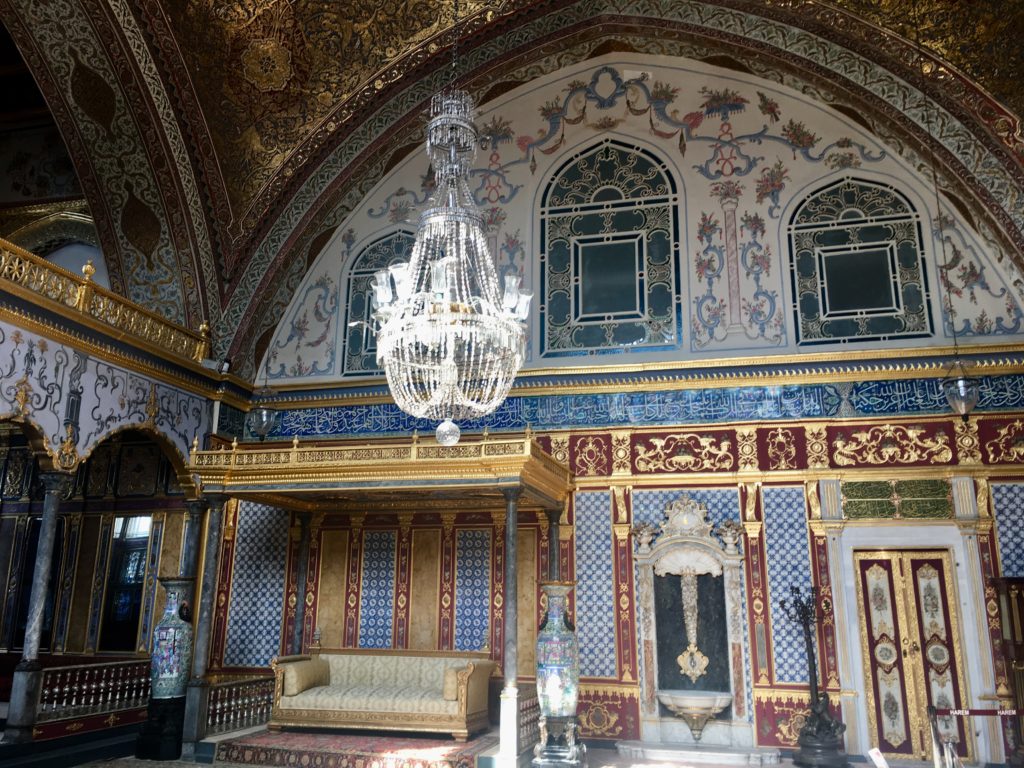
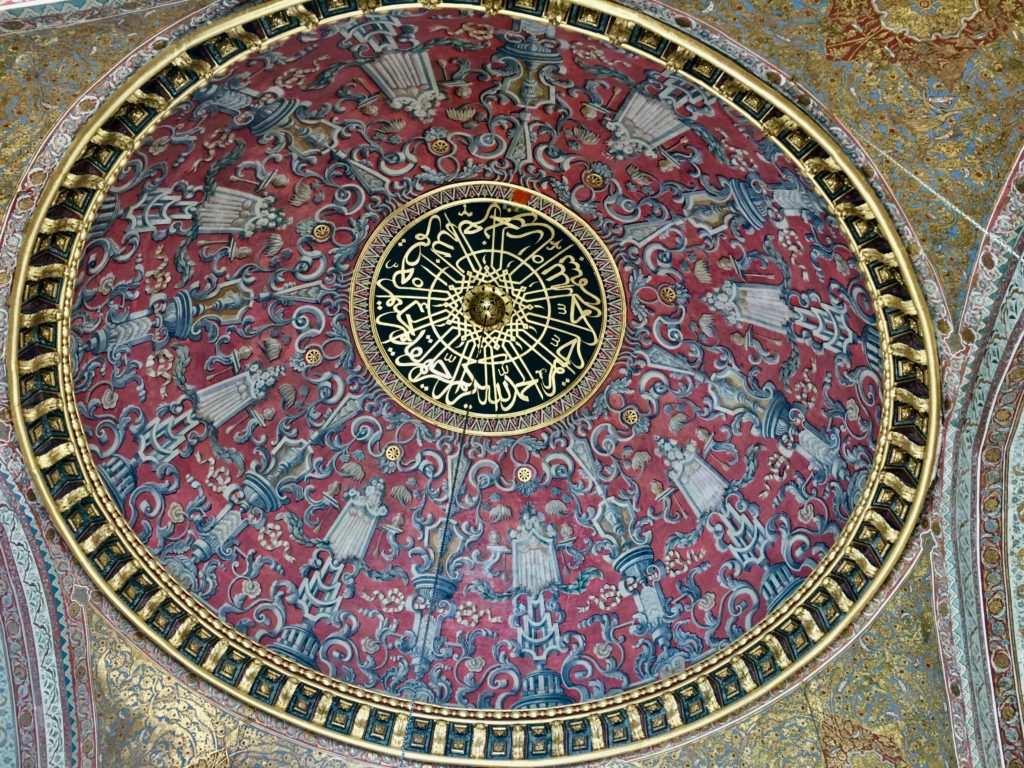
18th century wall tiles are from Holland
The dream of every young girl in the Harem was to become a favourite of the Sultan. They would try to attract his attention while he spent time in the Harem. He would then, either ask for her for the night or the girl would be presented to him by the chief eunuch (Kızlarağası) who would most probably notice the Sultan’s interest. Sometimes, the Queen Mother or even one of the wives of the Sultan would choose a beautiful girl as a surprise or a favour for the Sultan too.
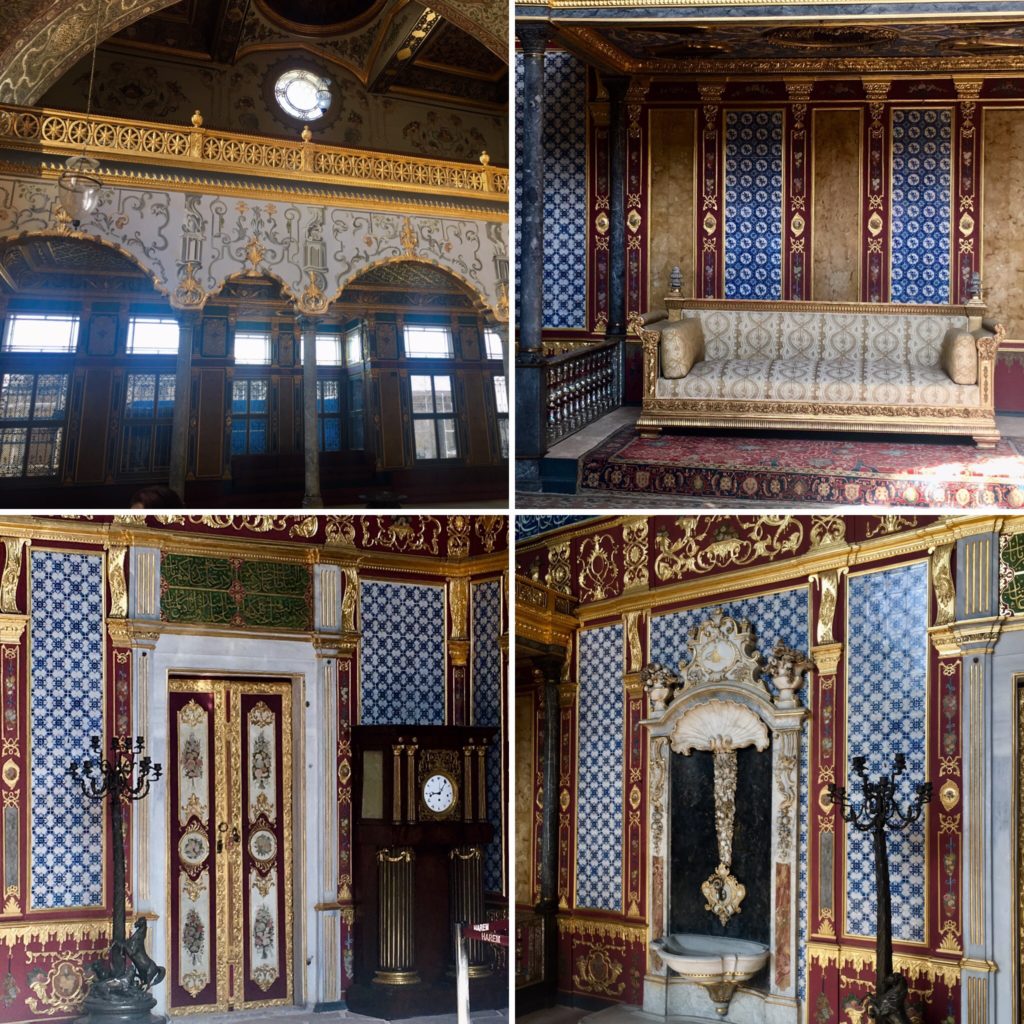
The presentation of the girl to the Sultan for the night was a ceremony in itself. The girl would first be taken to the bath and be washed thoroughly. Sprinkled with rare perfumes from faraway lands, she would be dressed in attractive silk clothes and jewellery. Finally, she would be taken along the Golden Way (Altın Yol) to the Sultan’s private chamber under the coveting eyes of the other Harem members. If everything went well and the Sultan was pleased, the girl would become a favourite. This would mean moving out of the ward, to a room that was shared with another favourite. Pregnancy would be an invaluable touch of luck, even more so if the baby was male…
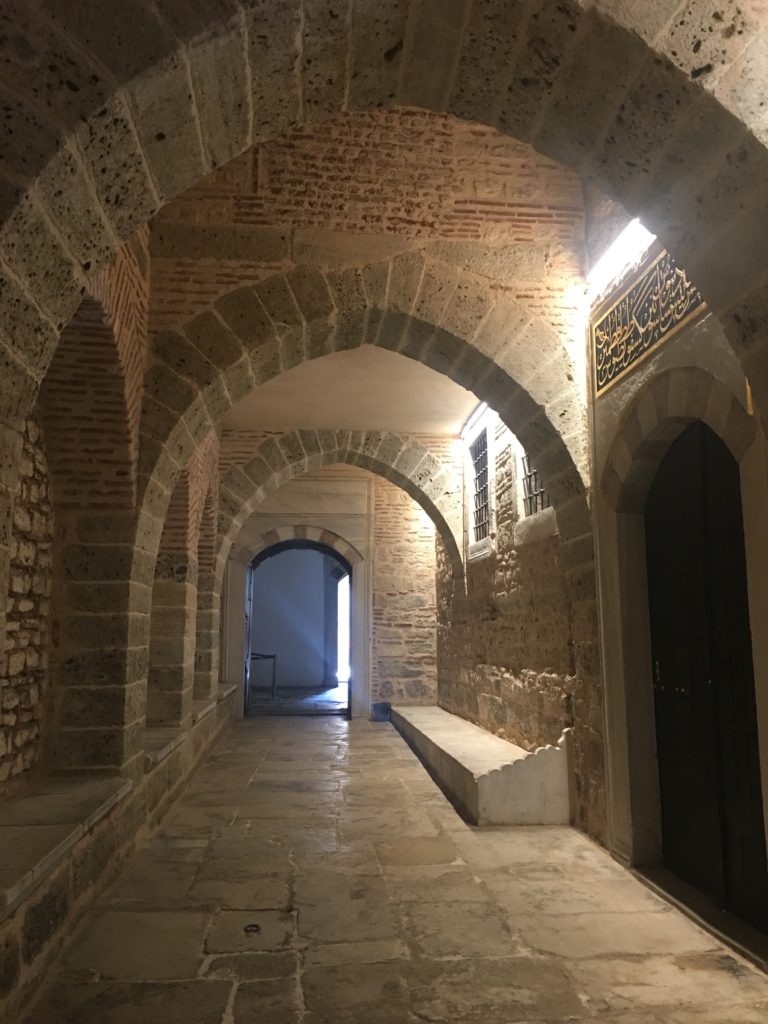
During the foundation and rising period of the Empire, the original nationalities of the women in the Harem were mostly Greek, Hungarian, Russian, Ukrainian, Italian, French, Georgian and Polish. With the decline of the Empire, Circassian, Caucasian and Crimean women were preferred as concubines. After the abolition of slavery in the 19th century, purchases from the slave market for the Palace ceased but, presenting girls to the Harem as a gift continued. Sometimes, families voluntarily sent their daughters to the Palace in the hope of a bright future for the girl.
Not all women in the Harem were slaves. Some of the wives of the Sultans were women from the aristocratic families of the Empire who were wed for political reasons. Their status was evidently higher than the rest. However, there are Sultan wives in history who became powerful (even though they were slaves by status) to the extent of ruling the country behind the closed doors of the Harem through their influence over their husbands or ruling sons.
I believe, one of the most famous of these women is Hürrem Sultan (1506-1558), wife of Sultan Suleiman the Magnificent (Kanuni Sultan Süleyman). Being of Ukrainian/Ruthenian origin (at the time under Polish reign), her real name was Alexandra Lisowska, but was mostly known as Roxalana by foreigners. Her Ottoman name Hürrem, which means the ‘joyful one’ was given to her by Sultan Suleiman the Magnificent himself. She is the most renowned Sultan wife in the Western world. Her portrait was depicted by numerous Western artists (no doubt by imagination), including the Italian painter Tiziano (1488-1576). Joseph Haydn’s Symphony No.63 in C major, composed between 1779-1781, is also named after her as La Roxelane (*).
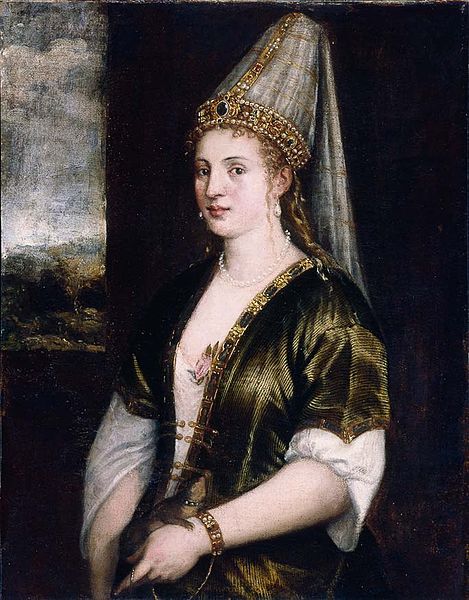
Hürrem Sultan (a.k.a. Roxalana)
Greatest love and wife of Sultan Suleiman the Magnificent
Hürrem bore the Sultan five sons and a daughter. Although there are a lot of conspiracy theories among Turkish nationals that she was sent by the Russians to specifically bewitch and distract the Sultan from his military campaigns, I tend to believe in their mutual great love. The love letters and poems they wrote each other while Suleiman was making the greatest conquests of the Empire and during the siege of Vienna (1529), are kept in the archives of the Topkapı Palace. The main reason for the abovementioned allegations is that, Hürrem got involved in numerous conspiracies in her struggle for power. The assassination of Suleiman’s eldest son from his first wife, so that one of her own sons would be the heir apparent, is just one of these plots. Others involved the assassination of the Grand Vizier Ibrahim Pasha (Sadrazam in Turkish, which is the equivalent of prime minister today) and other members of the Royal family and the Harem. There is no doubt about her great influence on the Sultan. She succeeded in attaining many privileges that none of the concubines would ever dream of.
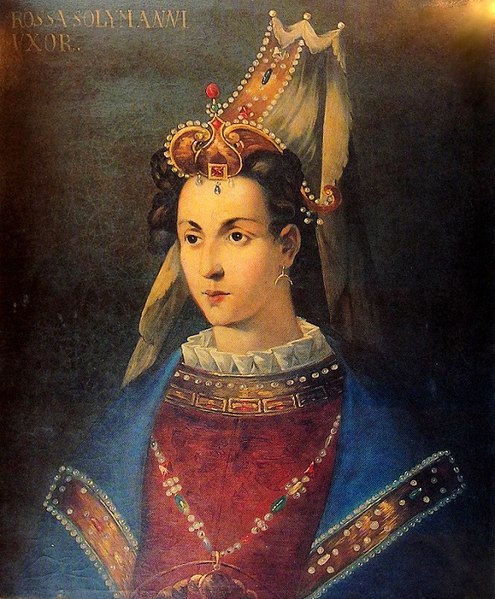
Due to Sultan Suleiman’s great love for her, Hürrem broke several rules of the Harem. For example, no woman would ever be allowed to spend the whole night in the Sultan’s bedroom. So, when Hürrem stayed with Suleiman till morning during their first encounter, it was the cause of great astonishment, envy and gossip among the members of the Harem. As the Sultan became deeply attached to Hürrem, she gained even more important privileges. The first of these was her emancipation from slavery. Once a slave, the women in the Harem would continue to be in that status even after they became the wife or mother of a Sultan. Being freed was never heard of in the Harem tradition until then.
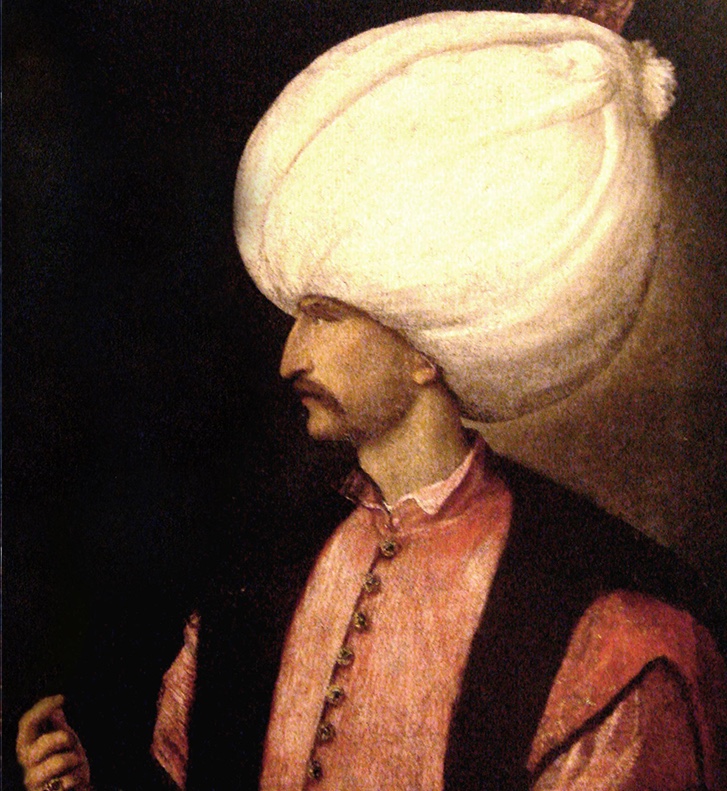
Secondly, Hürrem Sultan was the first woman a Sultan officially married in almost 150 years. There is a great controversy about the authenticity of the reason behind this practice but, it is known that Ottoman Sultans stopped getting officially married after Sultan Beyazıt I (Bayezid I) (1354-1403). Beyazıt was defeated and captured with his wife, Despina Hatun, by Tamerlane in the Battle of Ankara (1402). It is said that, Tamerlane made the wife of the Sultan dance in front of the soldiers and raped her. Never to witness such a humiliation again, Ottoman Sultans stopped getting officially married. Even though some historians deny this event, they fail to explain the reason of the abstention from official marriage for such a long time.
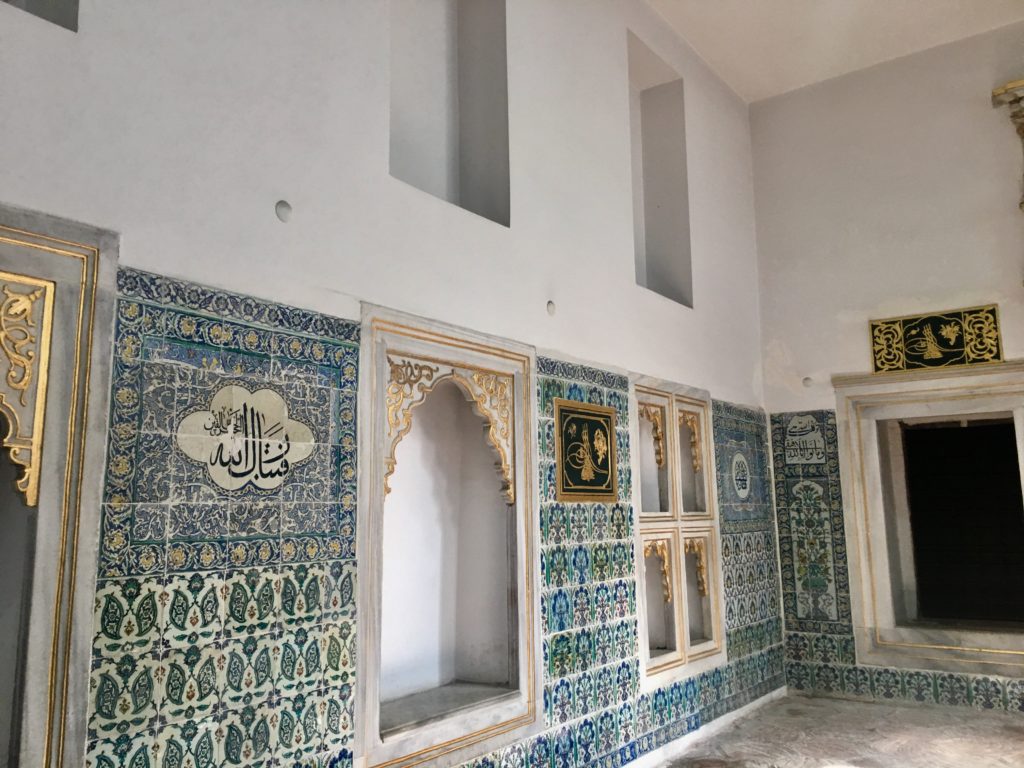

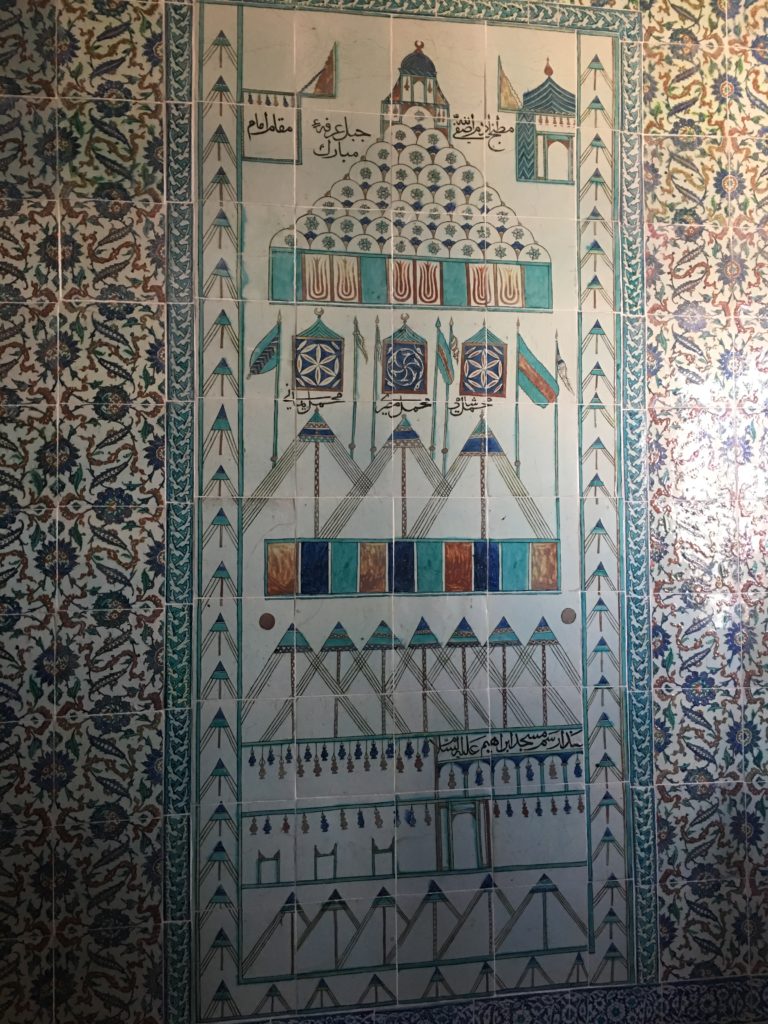
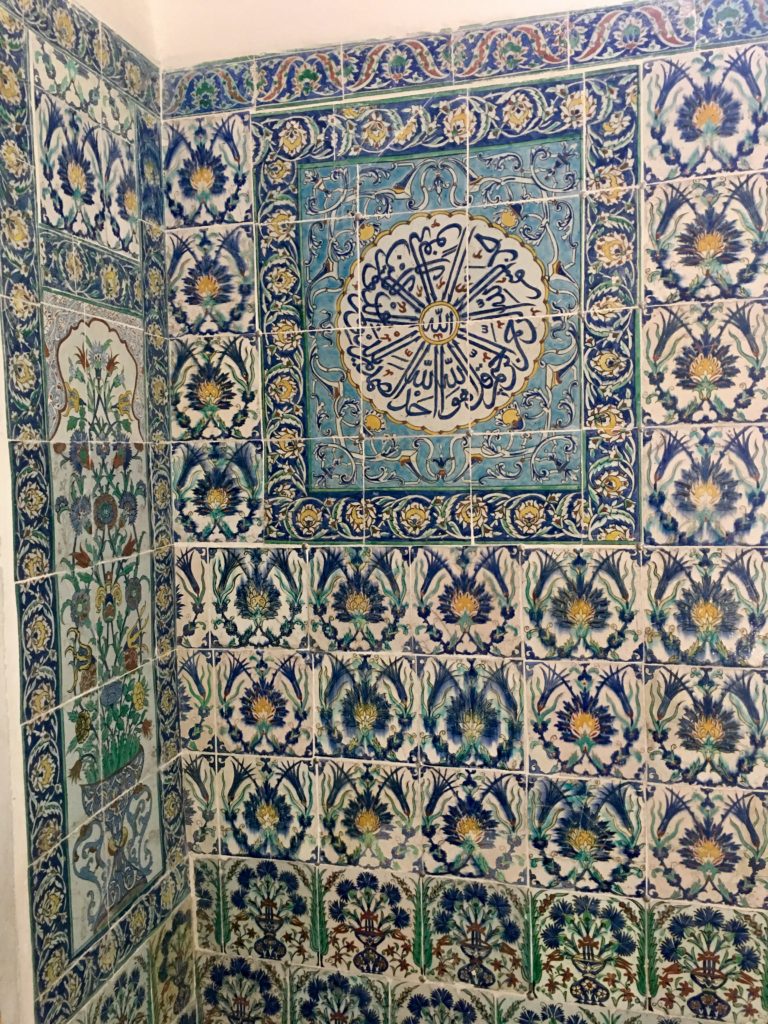
When the sons of the Sultan reached a certain age (12-14), they would be sent to the important regions of the Empire to learn how to rule. They would always be accompanied by their mothers during that period. This was another rule that was broken by Hürrem. She never left the side of the Sultan and the Topkapı Palace.
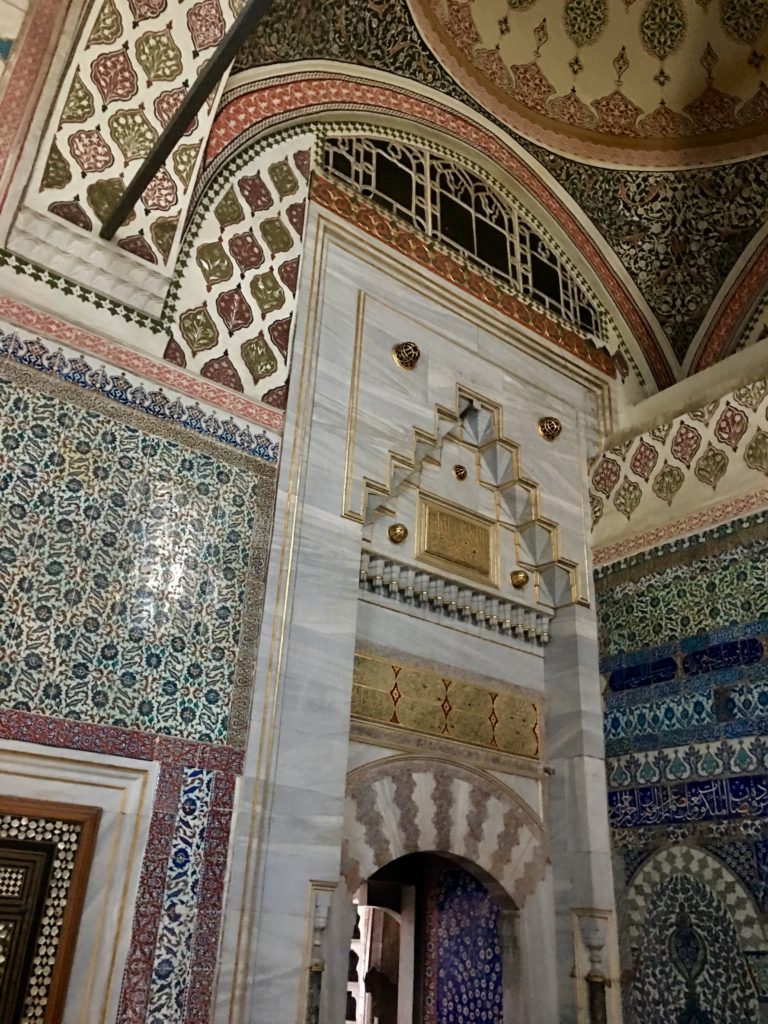
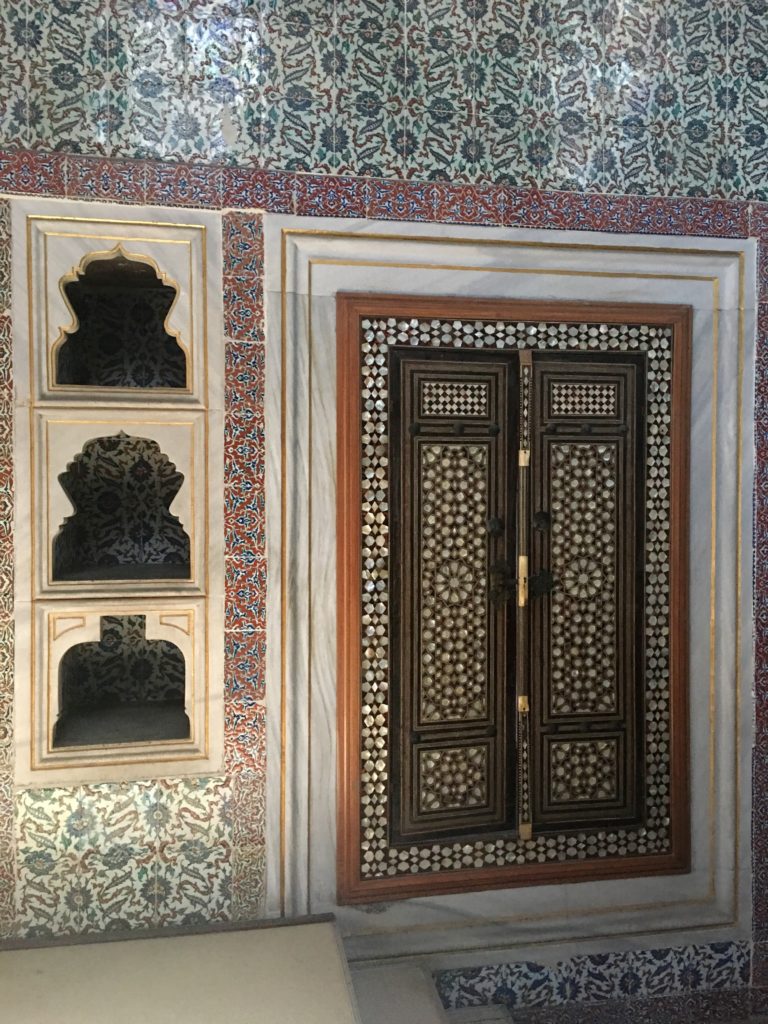
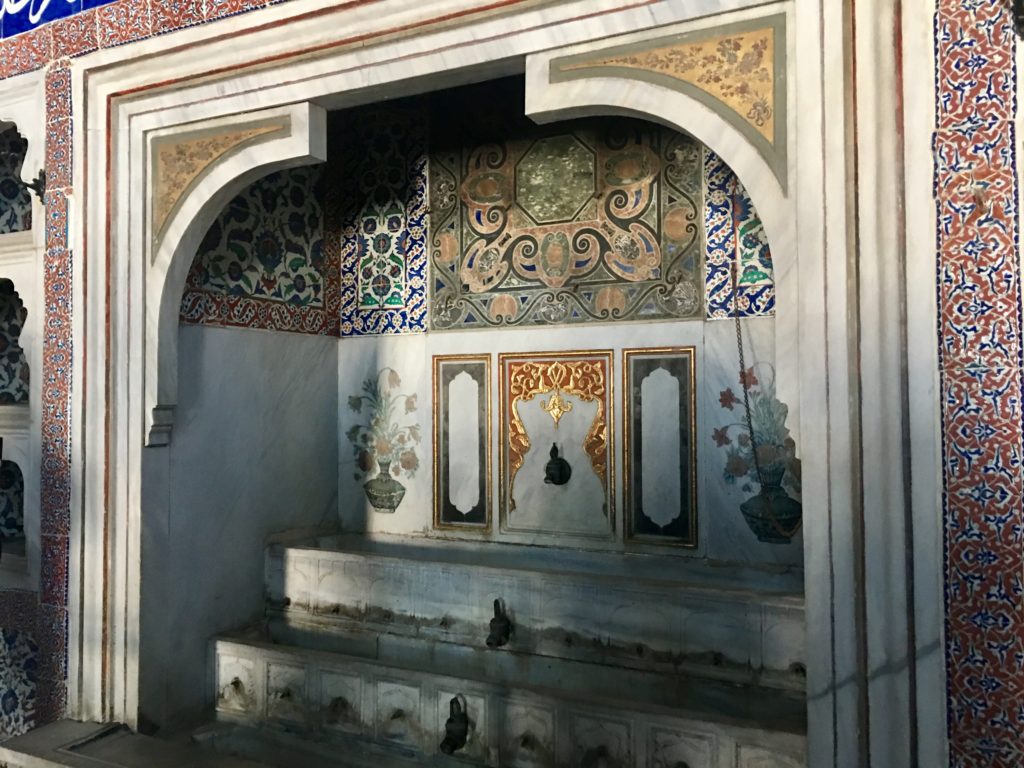
Apart from convenience and decoration, fountains were used to prevent eavesdropping in the Palace, as running water made overhearing conversations difficult.
The endless power struggle among the women inside the Harem was not merely a pass time to excite their secluded lives. It was of utmost importance for the women who bore the Sultan a son to ensure the succession of their own child after the Sultan died. There were two main reasons for that. Firstly, according to a law introduced by Fatih Sultan Mehmet, a Sultan had to have his male siblings killed following his ascension to the throne. This was to prevent any turmoil that might be caused due to strife over the throne. The practice continued until the beginning of the 17th century. So, the only way for the women to keep their sons alive was to guarantee their ascension to the throne. The second reason was no less crucial. When a Sultan died, all the members of his Harem, except the new Queen Mother, were sent to the Old Palace. This was considered to be a disaster after the glamorous life at the Topkapı Palace. The women lived there under very difficult conditions and were soon forgotten in the humid, rundown, old place.
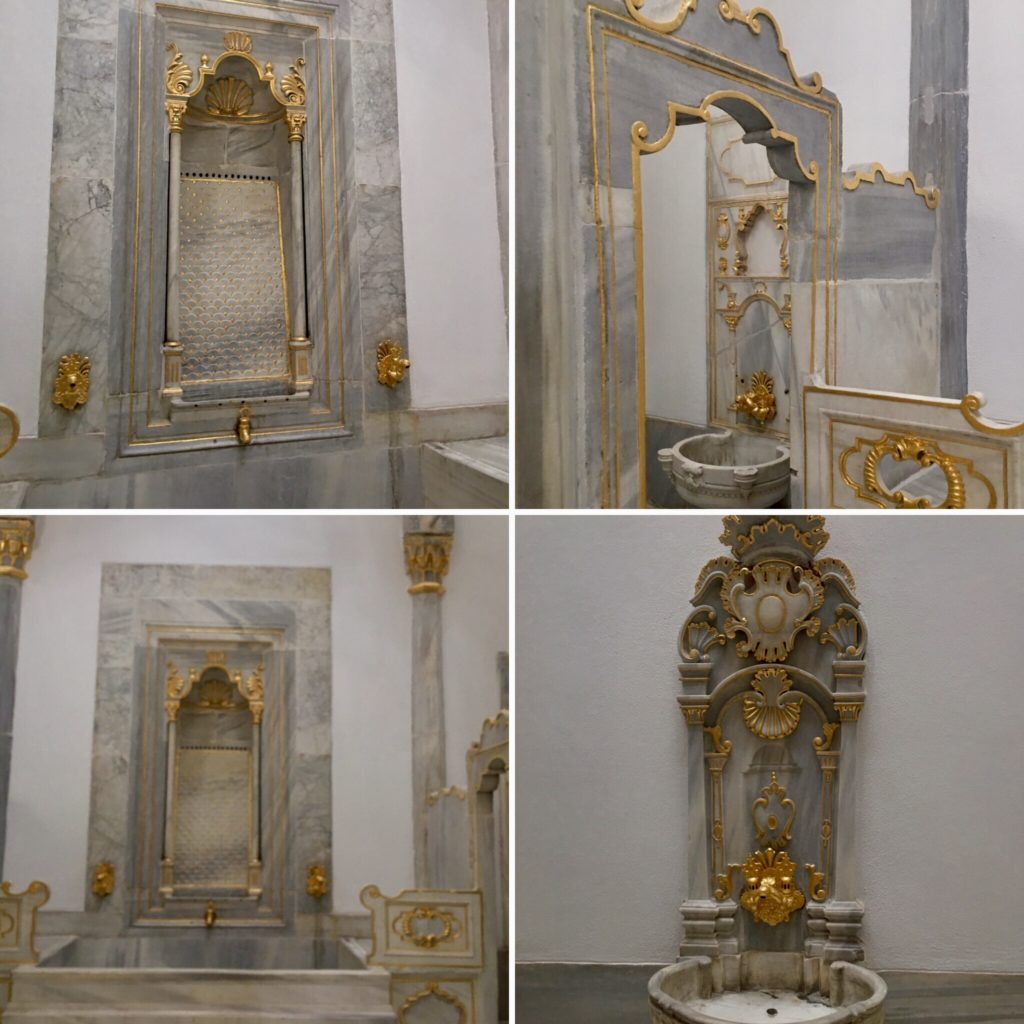
To the left of the entrance to the Harem of Topkapı, there is the special quarters of the Halberdiers with Lovelocks (Zülüflü Baltacılar Ocağı). This group of men provided the wood that was required for heating the Harem. In addition to that, they made way for the army by cutting the trees during military campaigns. They dressed in garments with very high collars and had long lovelocks. Both of these were to prevent them from seeing the women. They were always half bent to the ground when they carried wood to the Harem. Eyes always on the ground, never looking up.
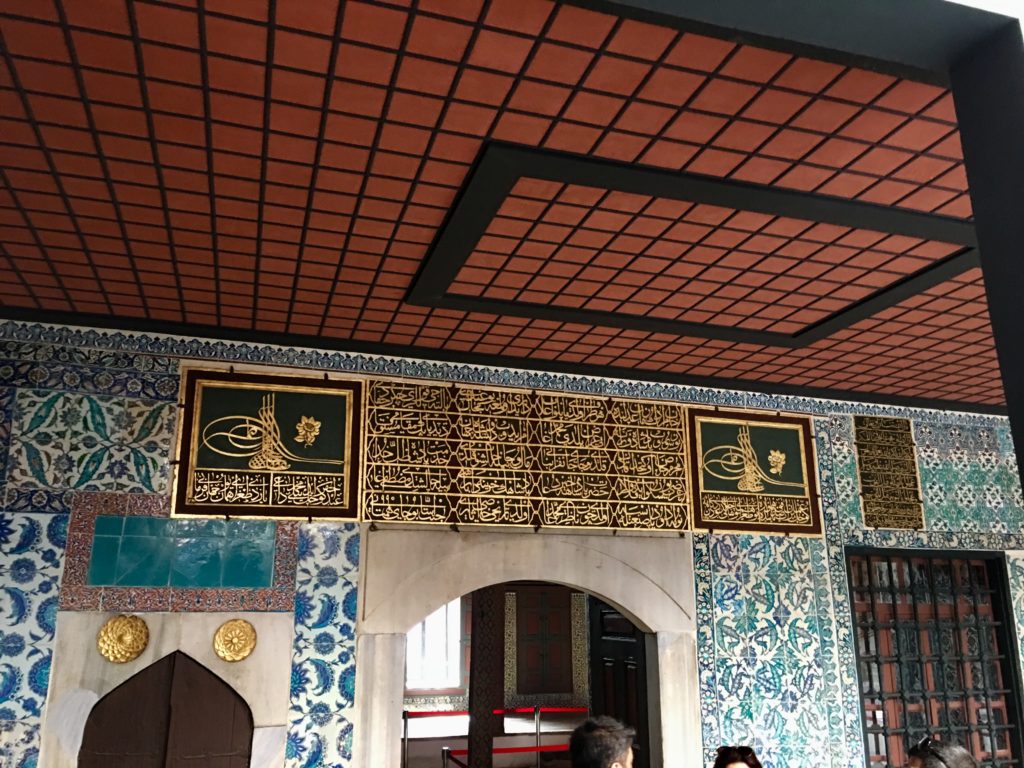
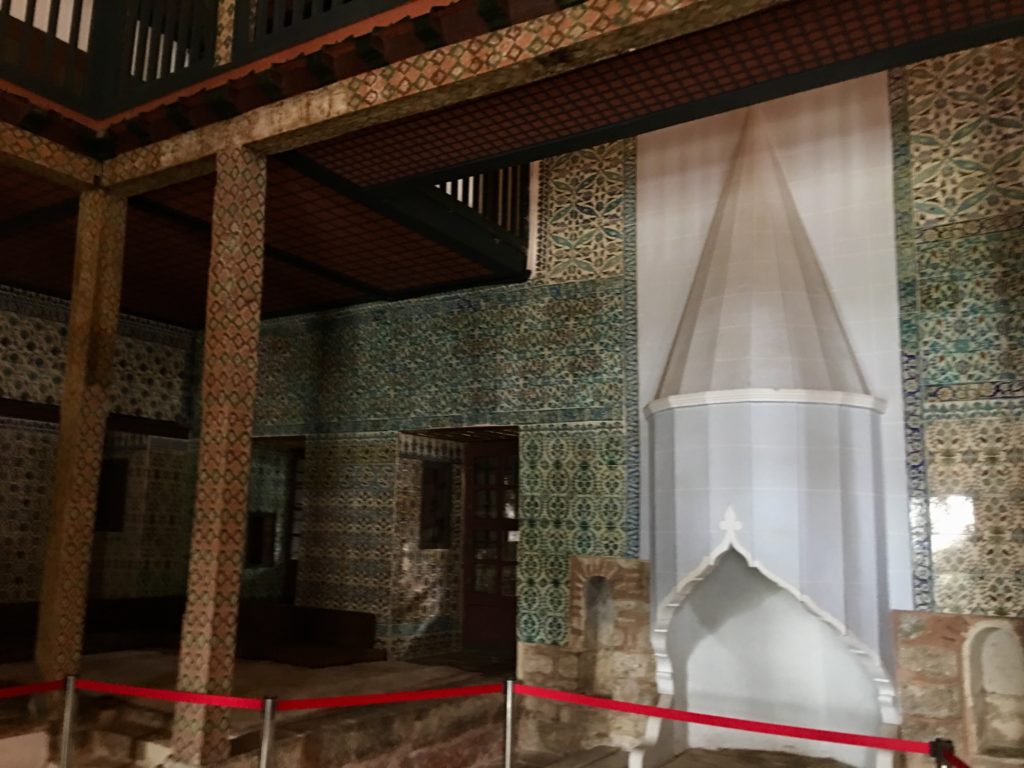
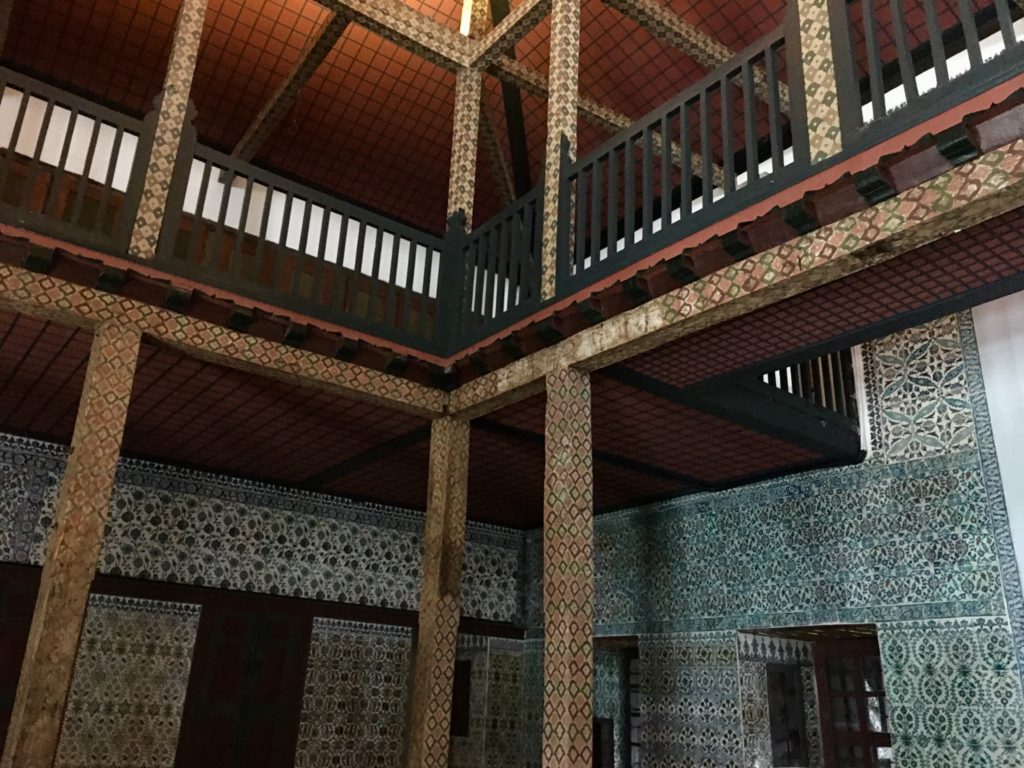
Inside the Halberdiers’ quarters there is a ward, a small mosque, a Turkish Bath and a Tobacco Room (Çubuk Odası) where they smoked and drank Turkish coffee in their spare time. It is interesting to see the ward, as it is similar in structure to the wards of the concubines which is unfortunately closed to public currently.
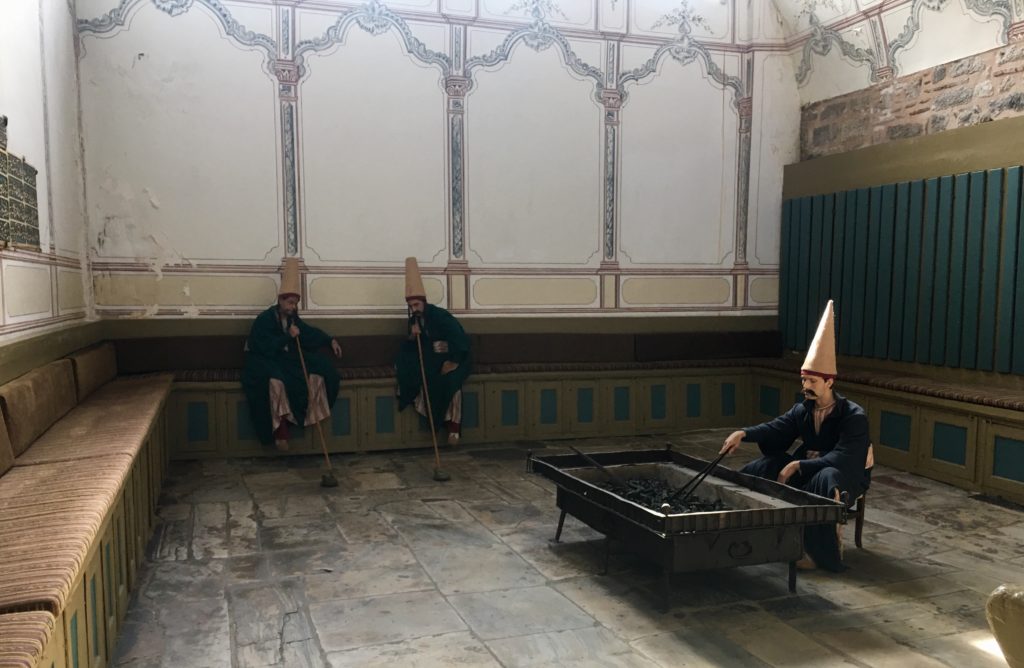
In spite of all the gilded and beautifully decorated rooms and privy chambers of the Sultans, I find the Harem of the Topkapı Palace very depressing. Even though there are several courtyards for fresh air and an open air swimming pool, the concept of confining the women behind high walls breaks my heart. The Harem quarters of the more recently built palaces like Dolmabahçe seem to be more humane with their modern building structures, big windows and views over the Bosphorus. However, a cage is still a cage, even if in gold…
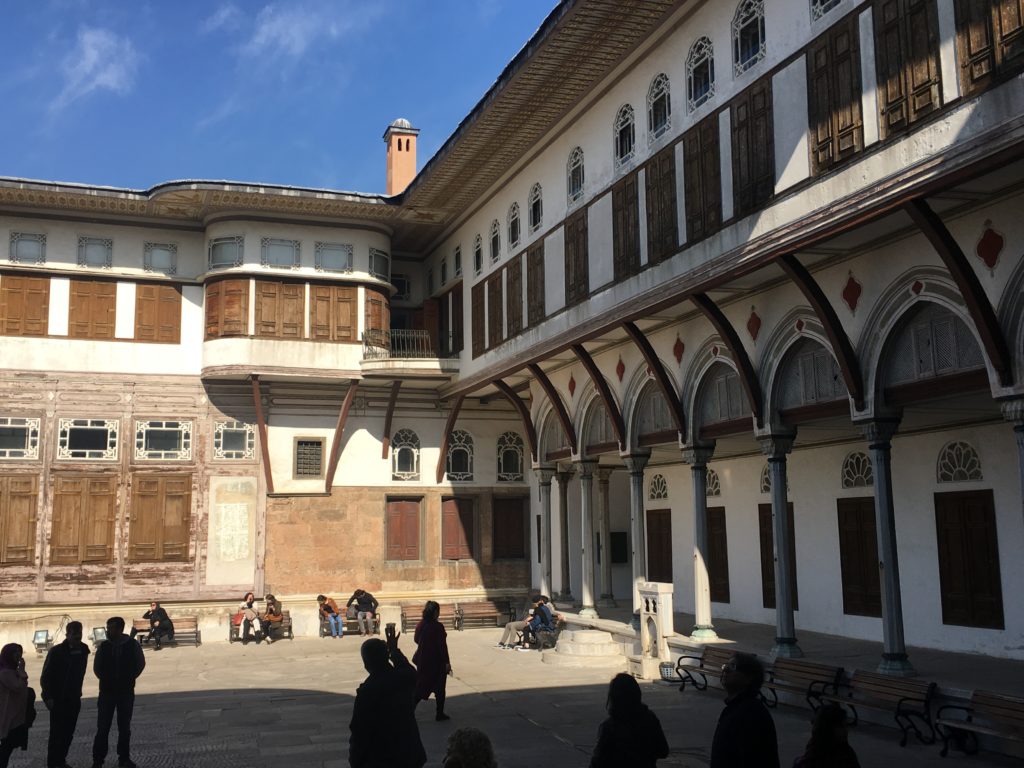
(*)- Joseph Haydn- Symphony No.63 in C Major “La Roxelane” 2. Allegretto o piu tosto allegro
https://www.youtube.com/watch?v=-5Z3Iv7Jyc8
